Capsizing and Reasons for Capsizing
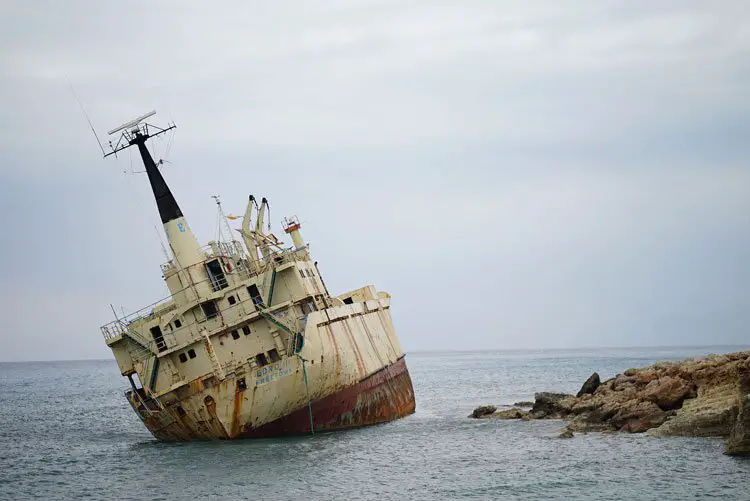
What is Capsizing?
Capsizing is a condition where the ship or the vessel turns to its one side or completely turns upside down in the water. Sometimes they can reverse to their original position, but most of the time ships either sink or have heavy damage. This is a dangerous situation for ship sailors, crew, and passengers. If a container ship carrying cargo experiences capsize, massive property damage occurs.

Reasons for Capsizing
We will now look upon the reasons for the capsizing of ships and what precautions needed to be taken.
1) Weather
Weather is a major reason for capsizing. Small boats are more prone to capsize by weather. This happens because of the imbalance of weight in the ship. If a small boat is fully loaded it will sit a little low in the water and hence even a modest wave can overturn a boat. A large ship can also capsize if it experiences a sudden gust of wind.
It is necessary to look for the weather forecast properly before taking the ship on sail and keeping a track of the weathers eye in the sky.
2) Leakage
Sometimes drain plugs are not installed in the ship or the leakage fittings are not done properly. Thus, the splashing water under the boat makes it unstable and the boat flips. Bad leakage fittings will cause the filling of ships with water and these sites are usually out of sight. If not spotted immediately then the ship fills up and capsizes. Bilge pipes are also present to remove unwanted water and if bilge pipes fail then it might cause sinking or capsizing of the ship.
3) Imbalance of weight
Loading a ship with heavy and bulk cargo or a lot of passengers on one side of the ship will create an imbalance on the vessel. This will affect the stability of the ship even if the total load capacity is not exceeded and can cause capsizing. The weight needs to be distributed evenly in the ship as the center of gravity can easily shift on either side and result in the overturning of the ship.
Thus loading should be uniform all over the ship, mainly in small boats.
4) Cargo shifting
Cargo storage must be done properly on the ship. If the cargo stored under the deck shifts from one place to another it will cause unbalance in the ship. This also creates safety problems as it can cause injury to crew members. This unbalance in the ship will be responsible for the rolling of the ship to one side and it will capsize.
5) Flooding
Flooding can happen because of some damage to the ship by collision, bad weather, or a leak in the ship. Due to these reasons, water enters the ship and the buoyancy of the ship starts decreasing. As the buoyancy of the ships decreases, it takes more water and the ship sinks or capsizes.
6) Human error
Ships should not have even the slightest of error in their manufacturing or else small errors lead to huge damages and loss of lives. Many times maintenance jobs are neglected and management of the machines is not done efficiently. The carelessness of the crew can give rise to dangerous ship accidents.
A captain guides the ship and if he makes a mistake it will cause them to capsize and lead to a fatal accident.
7) Ship accidents
We encounter news of ship accidents sometimes. Ships may collide with other ships, bridges, rocks, docks, or icebergs (just like Titanic did). These accidents are a common cause of ship capsizing or sinking.
This can be avoided by proper navigation and piloting.
Also read: Types Of Marine Navigation Instruments, Tools And Equipment Used Onboard Ships
8) Equipment damage
Another reason for ship capsizing may be the damage or failure of the main parts of the ship. If any of the main components of a ship fails in between a busy passage then it becomes difficult to operate the ship. These equipment breakdowns can cause a ship to capsize and can lead to disastrous conditions for other ships present in its vicinity.
This primely happens due to poor maintenance and bad manufacturing. It can be avoided by regular checking of parts of ships.
9) Free surface effect on ships
If a ship is filled partially then it is also known as a slack tank. The ship becomes inclined as it is partially filled and the center of gravity of the water changes. Due to this slack tank condition, the metacentric height of the water decreases and leads to instability of the ship.
Lessor negative metacentric height of the water in the ship causes capsizing because of the unstable nature of the ship.
Also read: Vessel Monitoring System
10) Ship grounding
Ship grounding is an act where the ship is struck to a waterway side or the seabed. It can be intentional or unintentional, depending on its purpose. It is done intentionally for repair and maintenance or landing of crew and cargo. Unintentionally it happens during marine accidents. But this bombardment of ships to the ground can cause damage that cannot be detected and thus give rise to high chances of ship capsizing while traveling.
These are some of the main reasons for ship capsizing and a common way to avoid having them is proper maintenance and navigation of ships.

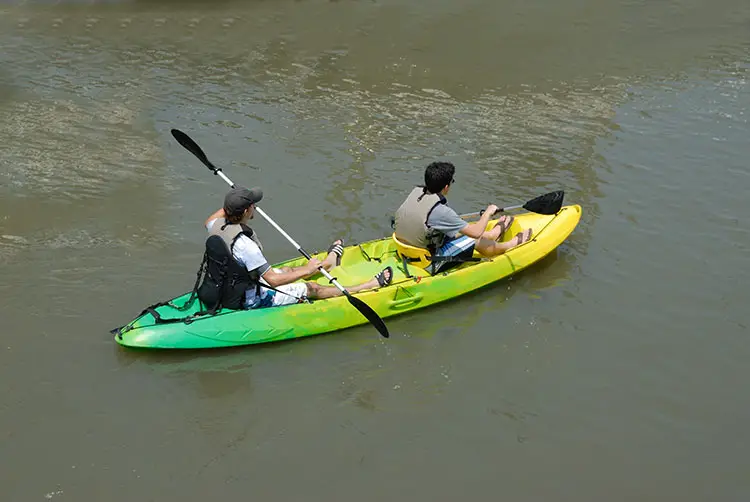
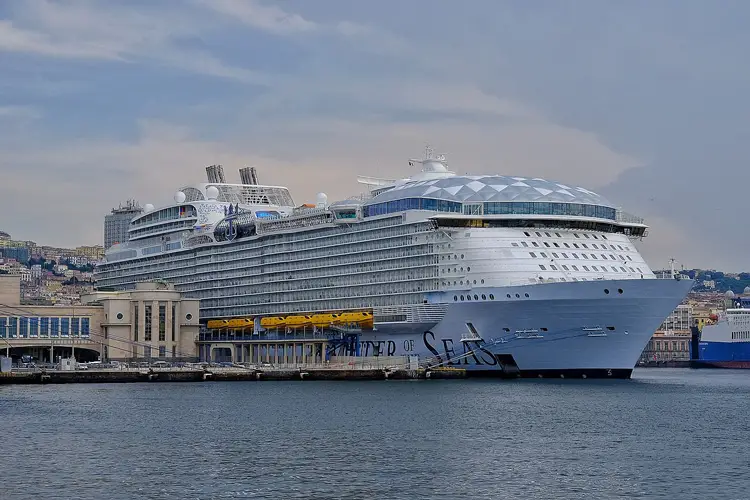
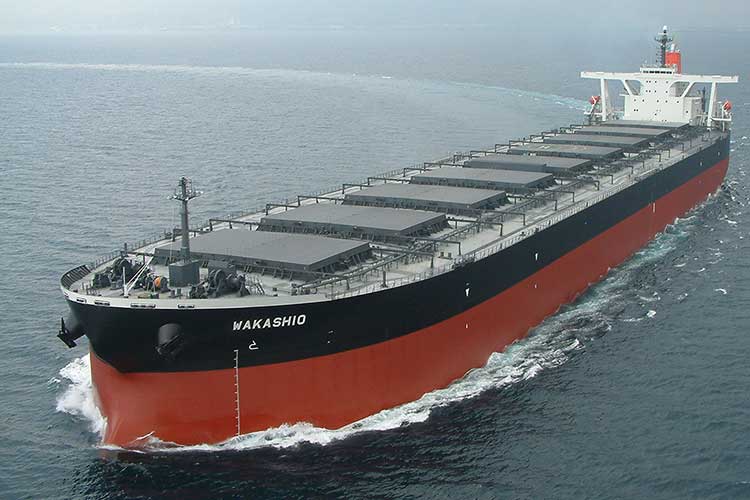
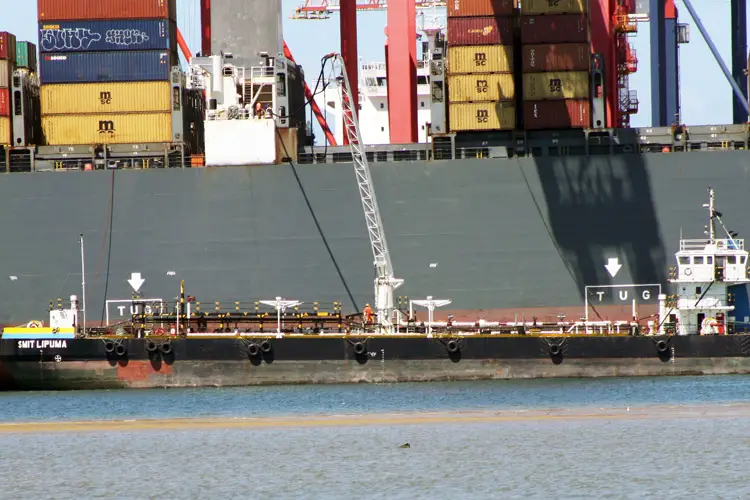
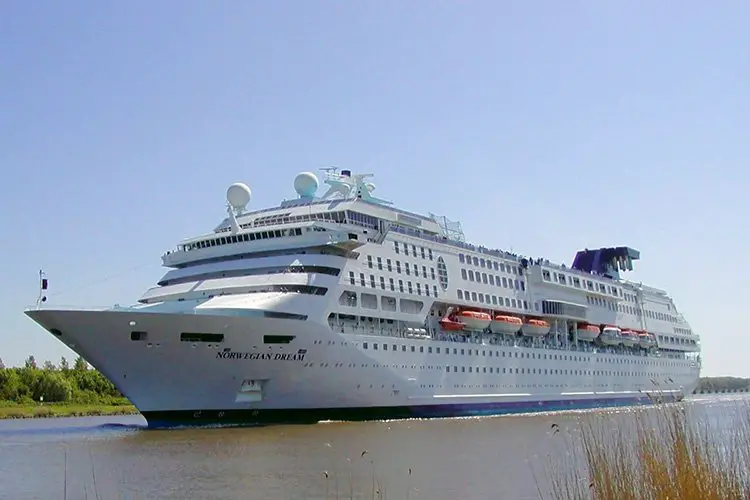
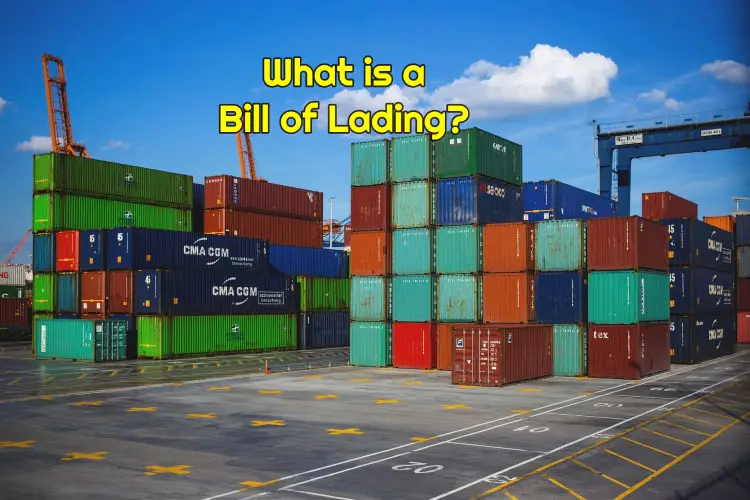

Sir / mam
can you share me marine engineer books with pdf
Thanks & best regards